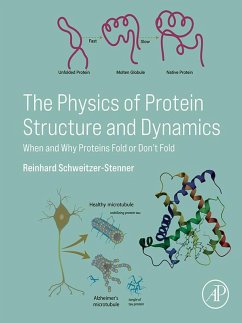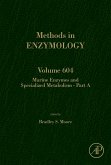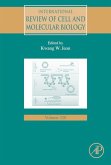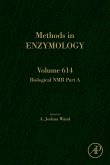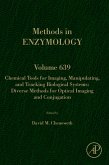The Physics of Protein Structure and Dynamics looks at various aspects of protein structure and dynamics from a physico-chemical point of view. It goes into some depth regarding the description of non-covalent forces that determine the relative stability of folded and unfolded proteins. Anharmonic protein dynamics involving motions between different minima of a rugged Gibbs energy landscape is described in great detail. The book combines various aspects of the protein folding/unfolding processes with an overview of intrinsically disordered proteins, which have attracted considerable interest of the protein community over the last 25 years but are thus far underrepresented in classroom-oriented textbooks. The book looks at protein folding and intrinsically disordered proteins as heavily interrelated topics that need to be viewed together. Furthermore, it presents some basic physico-chemical aspects of protein/peptide self-assembly into nanoscale fibrils. Intrinsically disordered peptides and proteins play a major role particularly in aggregation and self-assembly processes that lead to various diseases (Alzheimer, Parkinson, Huntington, Mad-Cow). Therefore, the relevance of protein disorder for protein self-assembly deserves a closer look. Protein self-assembly cannot be separated from protein folding since it is frequently the product of misfolding. With regard to modern theories, the folding processes are linked to insights on protein dynamics and the discovered relationship between proteins and spin glasses. - The readers will benefit from being provided with an in-depth overview of the physical concepts that govern different aspects of protein folding, disorder and self-assembly. By emphasizing the relationship between these issues, the approach adds a holistic character to the book - The book is to a major extent mathematically based. Mathematics is part of the language of physicists and physical chemists which cannot be properly substituted by words - For instructors, the book will offer a unique source for her/his teaching of current protein physics issues - The way how the book will be constructed (multiple references to primary literature with DOI links, literature-based problem sets and topics for discussion) will facilitate a learning process suitable for research-oriented students - Problem solving frequently requires the writing of short computer programs, something that is underemphasized in chemistry and biochemistry education (with the exception of computationally trained students, of course)
Dieser Download kann aus rechtlichen Gründen nur mit Rechnungsadresse in A, B, BG, CY, CZ, D, DK, EW, E, FIN, F, GR, HR, H, IRL, I, LT, L, LR, M, NL, PL, P, R, S, SLO, SK ausgeliefert werden.

